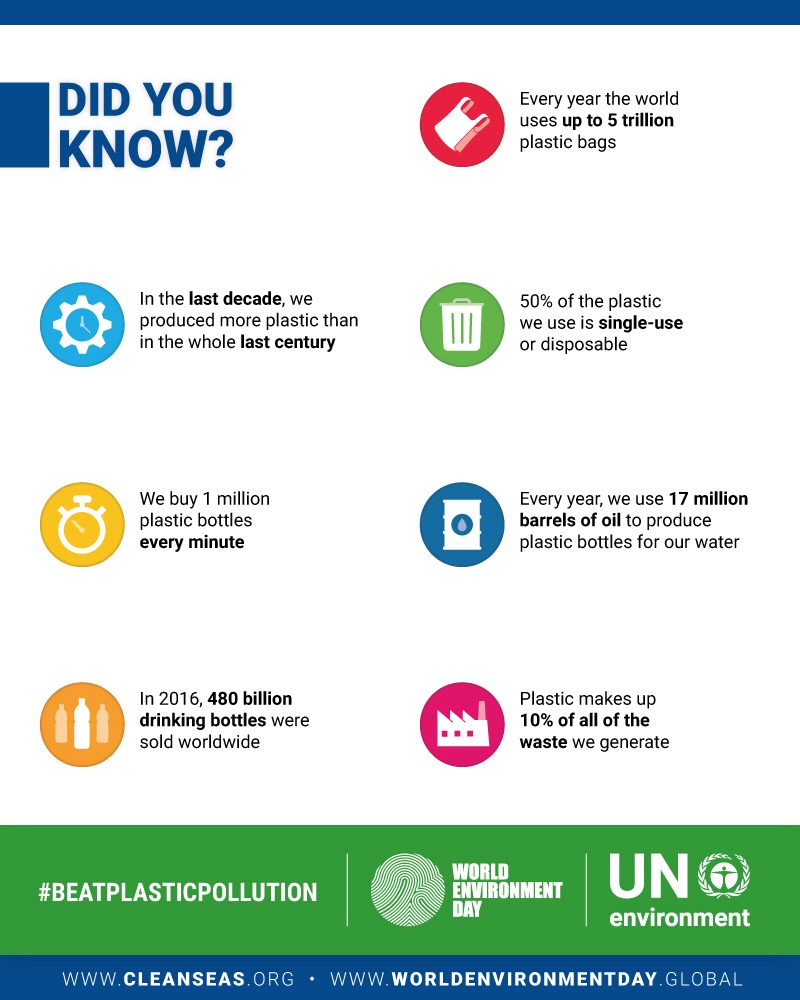A blog by International Director of Advocacy, Bev Bucur
“I must confess, I have never had to give water a lot of thought. I am lucky, living in Chicago, there has always been an abundance of good clean water. As I began to further my education on SDG 6: water and sanitation and the global challenges faced, I also began to focus on what was happening in my own community and learned the shocking truth of what really is in the water I drink.

Plastics in our beer and in our water?
In a recent study on tap water and beer made from Great Lakes water, it was found that the samples taken contained tiny fibres called microplastics that are one to five millimeters long. Water samples taken from various locations around Chicago also contained the microplastics. A study of German beers revealed similar results.
What about bottled water?
A March 2018 article published in the Guardian reported that The World Health Organisation (WHO) has announced a review into the potential risks of plastic in drinking water after study found that 90% of the bottled water sampled contained microplastics. In many instances the concentration was twice as high as the levels found in tap water. The bottled water tested was purchased in many countries and reflected popular brands of bottled water.
Where does the plastic come from?
A report from the UK’s Chartered Institution of Water and Environmental Management says the biggest proportion are fibres shed by synthetic textiles and tyre dust from roads, with more from the breakdown of waste plastics. It suggests the plastic being dumped on land in Europe alone each year is between four and 23 times the amount dumped into all the world’s oceans.
Microplastic debris is washed into wastewater treatment plants, where the filtering process captures many of the plastic fragments. About half are ploughed back on to farmland across Europe and the US as sludge, according to recent research published in the journal Environmental Science and Technology. That study estimates that up to 430,000 tonnes of microplastics could be being added to European fields each year, and 300,000 tonnes in North America.
Plastic doesn’t go away. The easiest plastic to recycle or break down is PET (E) the kind used for making soda bottles, water bottles, clamshell packaging, potato chip bags, produce bags and several other grocery-type packaging. Actual breakdown time for this type of plastic under perfect conditions can range from 5 to 10 years. Detergent bottles, milk bottles ad shampoo bottles will degrade in under 100 years. Single use plastic bags like the kind we get in a grocery store may take 500 to1,000 years to break down.
The microplastic fibers are in our air water and pollute our land. We are eating, drinking and breathing these plastic fibres and the health effects on are not conclusive.

Photo: Courtesy of World Environment Day 2018
How do These Plastic Fibres Effect Our Health?
The long-term effects of exposure to plastics are unknown, but we do know that certain chemicals used in making plastics have effects on our health.
- BPA for example is a known hormone disruptor that can cause increases the in diabetes, heart disease, birth defects, early puberty, low sperm count, hyperactivity, aggressiveness and high levels of certain liver enzymes. Women who have everyday contact with this chemical can have an increase in miscarriages, polycystic ovarian syndrome which is known to cause infertility, baldness in women, breast cancer and ovarian cysts.
- Phthalates are found in lotions, nail polish, fragrances, solvents and paints can lead to hormone disruption, developmental and reproductive problems, asthma, preterm birth, low sperm count, undescended testes, genital malformations, premature puberty, and development of some cancers.
- Polyvinyl Chloride (PVC) is a chemical found in plastic can leach into the items/liquids within the containers. The effects of these chemicals on health may include decreased lung function, increased weight gain, increased resistance to insulin, low sperm count and DNA damage to sperm. There have also been studies that show infant males exposed to this chemical have negative reproductive development.
What can we do?
 REDUCE our use of plastic by using a stainless-steel water bottle that can be washed and reused, using fiber or reusable bags for groceries.
REDUCE our use of plastic by using a stainless-steel water bottle that can be washed and reused, using fiber or reusable bags for groceries.
REUSE the plastic bags you do have more than once.
RECYCLE Only 5% of plastic items are recycled. Recycle plastic items and dispose of items you cannot recycle properly.
Make June 5, World Environment Day the Day You Beat Plastic Pollution”.
Watch a video message from SI President Mariet Verhoef-Cohen HERE
Download the World Environment Day toolkits HERE

